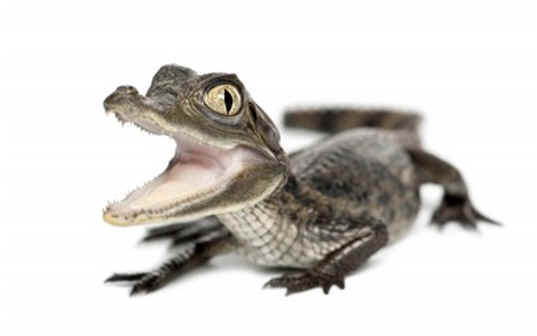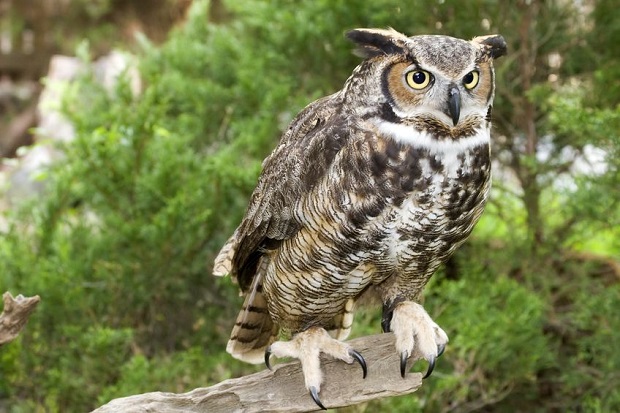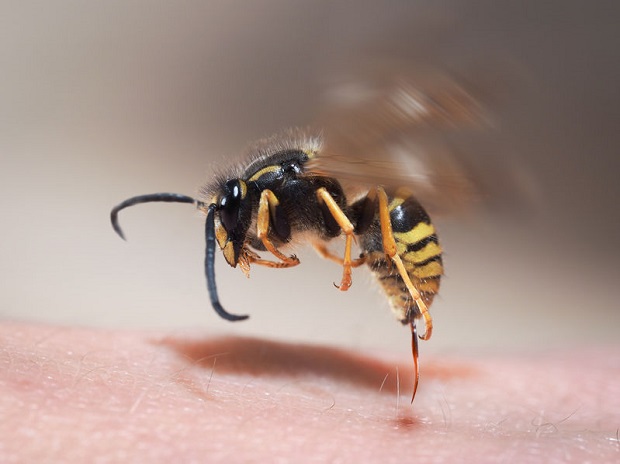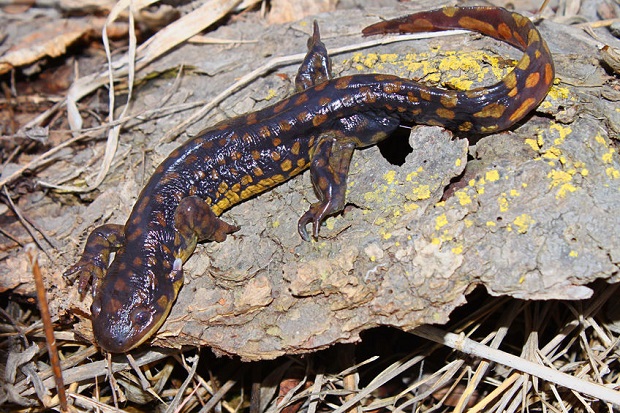
Are Salamanders Poisonous?
Some salamanders are poisonous. Salamanders have poison glands across the head, the back, and the tail that produce secretions. In some species, these toxins act as a repellent. In others, a toxin. These secretions act as a defense mechanism that, in some species, will simply make them unpalatable to predators. In other species, these secretions can cause irritation to the affected area or can even be toxic when ingested. Predators will generally steer clear of the more toxic salamanders. [1]
Fire Salamander – The Poison Squirter
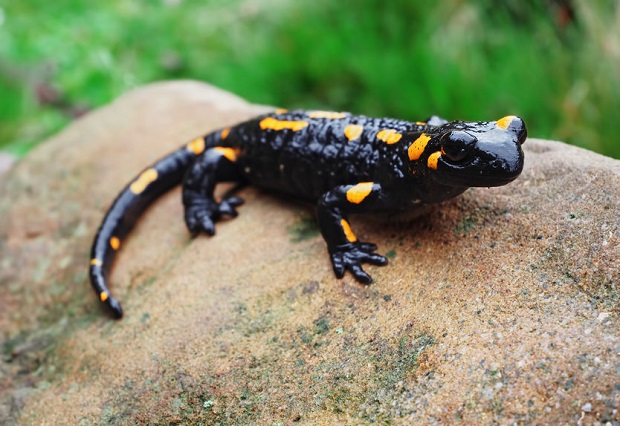
The fire salamander (Salamandra salamandra) of central Europe secretes the toxin samandarin, which is extremely toxic. Poisoning can cause convulsions, respiratory paralysis, and even death. [2]
The fire salamander doesn’t just secrete its toxins. It has the ability to squirt them quite far for its small size. This salamander has large swollen poison glands along its back and head areas that can squirt its toxin up to six-and-a-half feet. [3]
California Newt – Deadly If Ingested
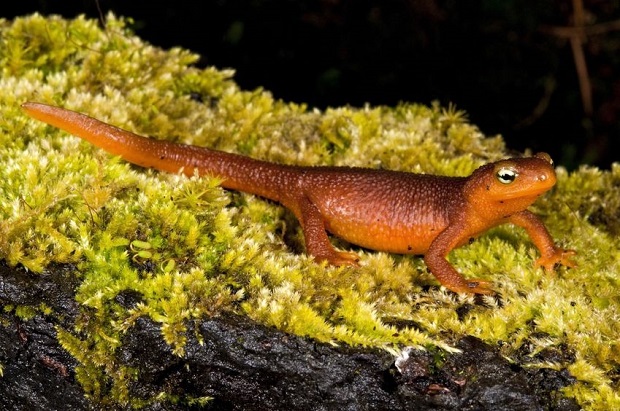
The California newt (Taricha torosa) is considered highly toxic, secreting the potent neurotoxin tetrodotoxin. Dangerous if ingested, it is potent enough to kill larger predators, including humans. Poisoning can cause loss of sensation and paralysis of voluntary muscles resulting in respiratory failure. [4]
Rough Skinned Newt
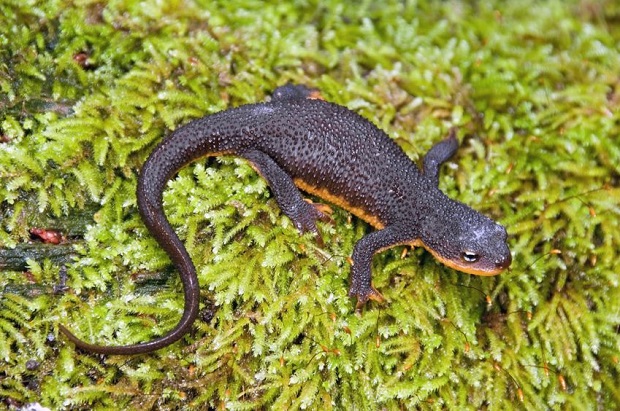
The rough-skinned newt (Taricha granulosa) of the Pacific Northwest. This salamander also secretes the highly toxic neurotoxin tetrodotoxin, which is more toxic than cyanide. [5]
Red Eft – The Extraordinary Salamander Species with Nine Lives
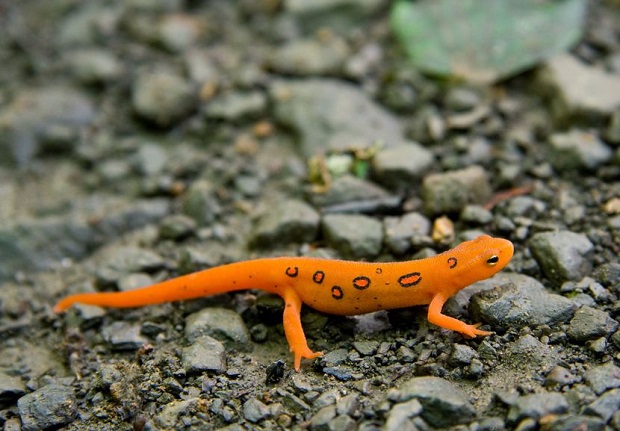
The saying goes that a cat has nine lives, but that’s nothing compared to the little salamander that survives being swallowed! The toxins of one species, the red eft (the juvenile eastern newt), are so revolting that the predator often regurgitates them. Not to worry. This salamander has the unique ability to survive up to thirty minutes after being swallowed! [6]
Resources
[1][3] Stebbins, Robert C.; Cohen, Nathan W. (1995). A Natural History of Amphibians. Princeton University Press
[2] Blyth, A. W. (1895). Poisons, Their Effects and Detection (4 ed.). London: Charles Griffin and Company, Limited. pp. 483–484. https://archive.org/details/poisonstheireff01blytgoog/page/n5/mode/2up
[4] [5] “CDC – The Emergency Response Safety and Health Database: Biotoxin: Tetrodotoxin – NIOSH”. www.cdc.gov. https://www.cdc.gov/niosh/ershdb/emergencyresponsecard_29750019.html
[6] Howard, Ronnie R.; Brodie, Edmund D. Jr. (1973). “A Batesian mimetic complex in salamanders: responses of avian predators”. Herpetologica. 29 (1): 33–41.
